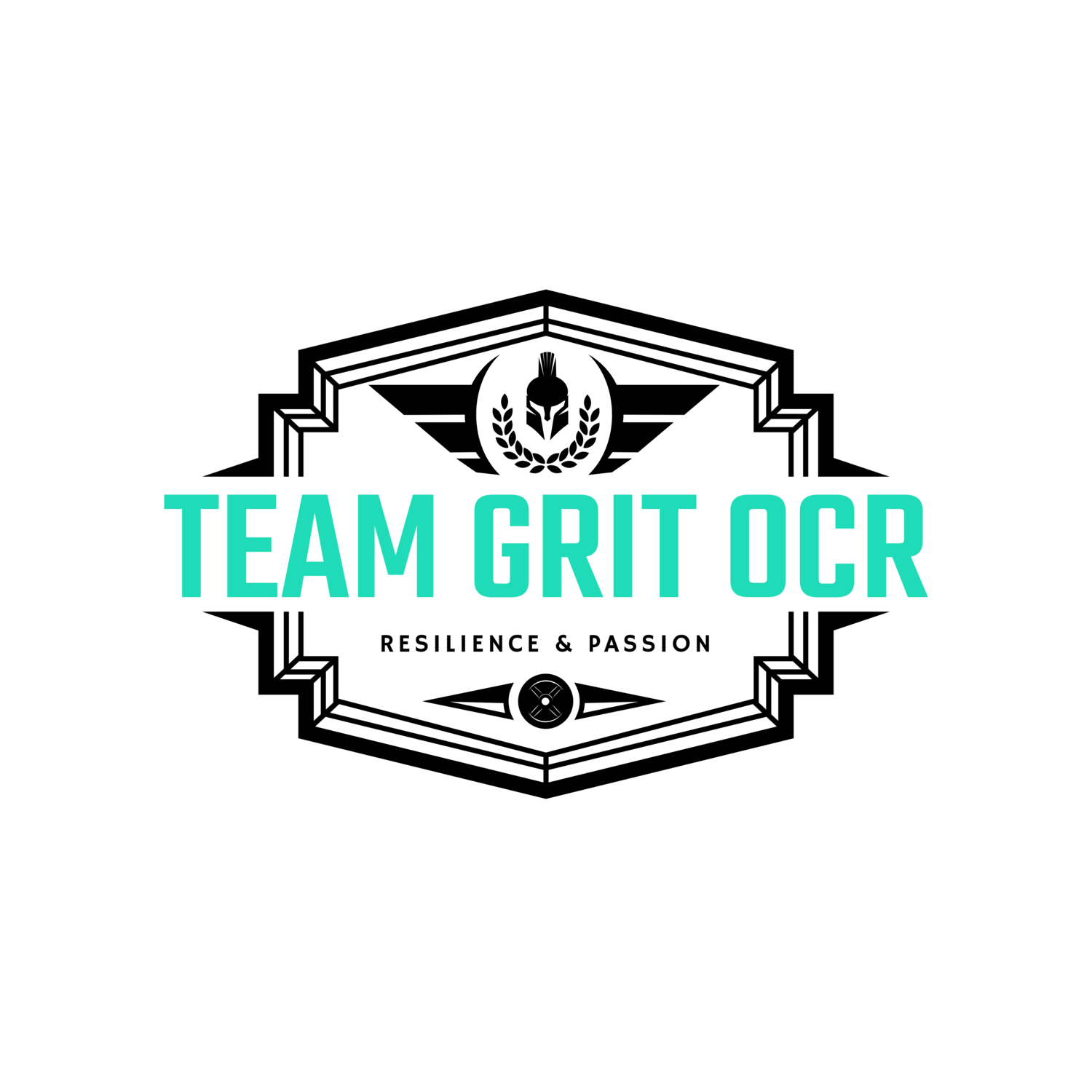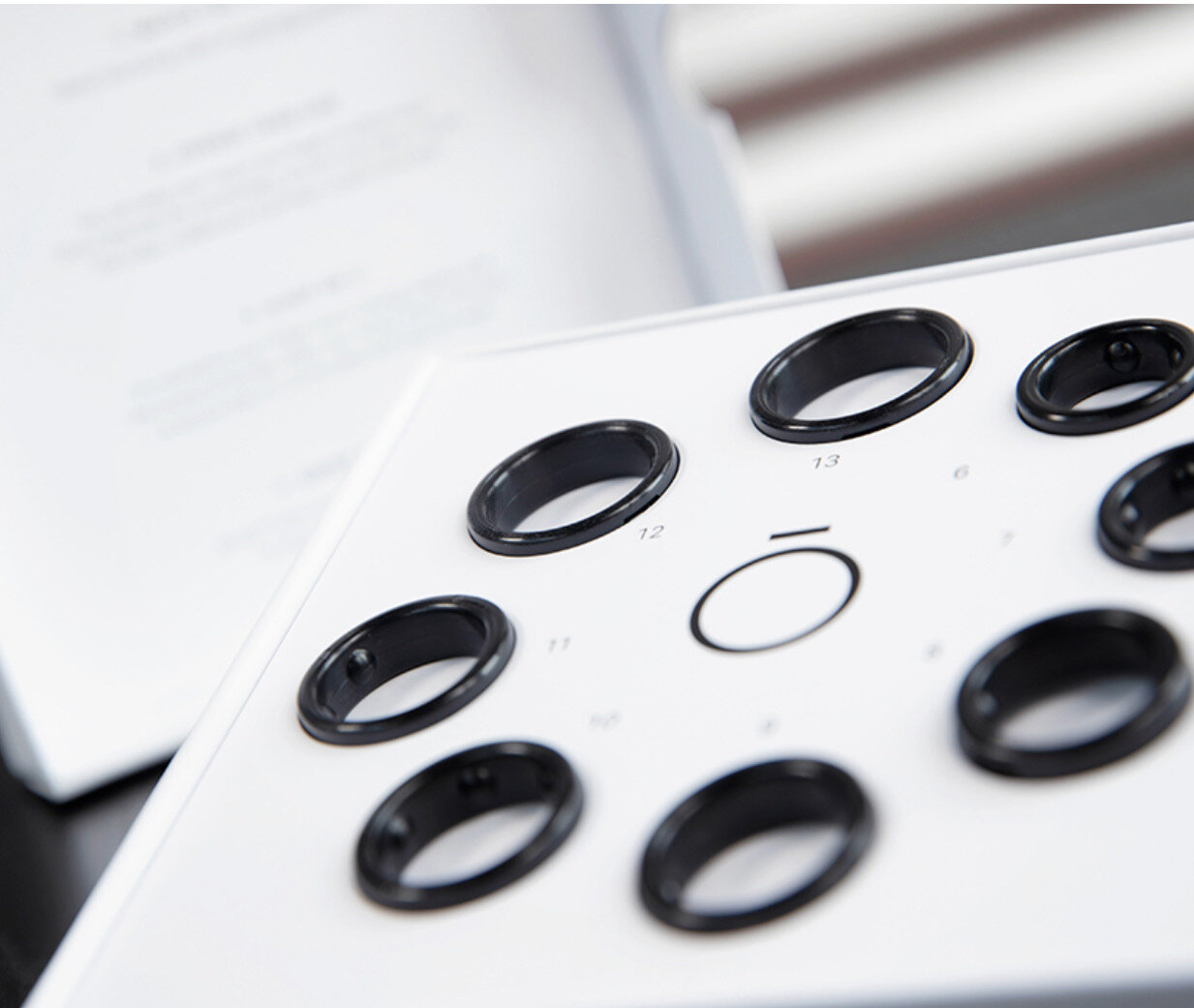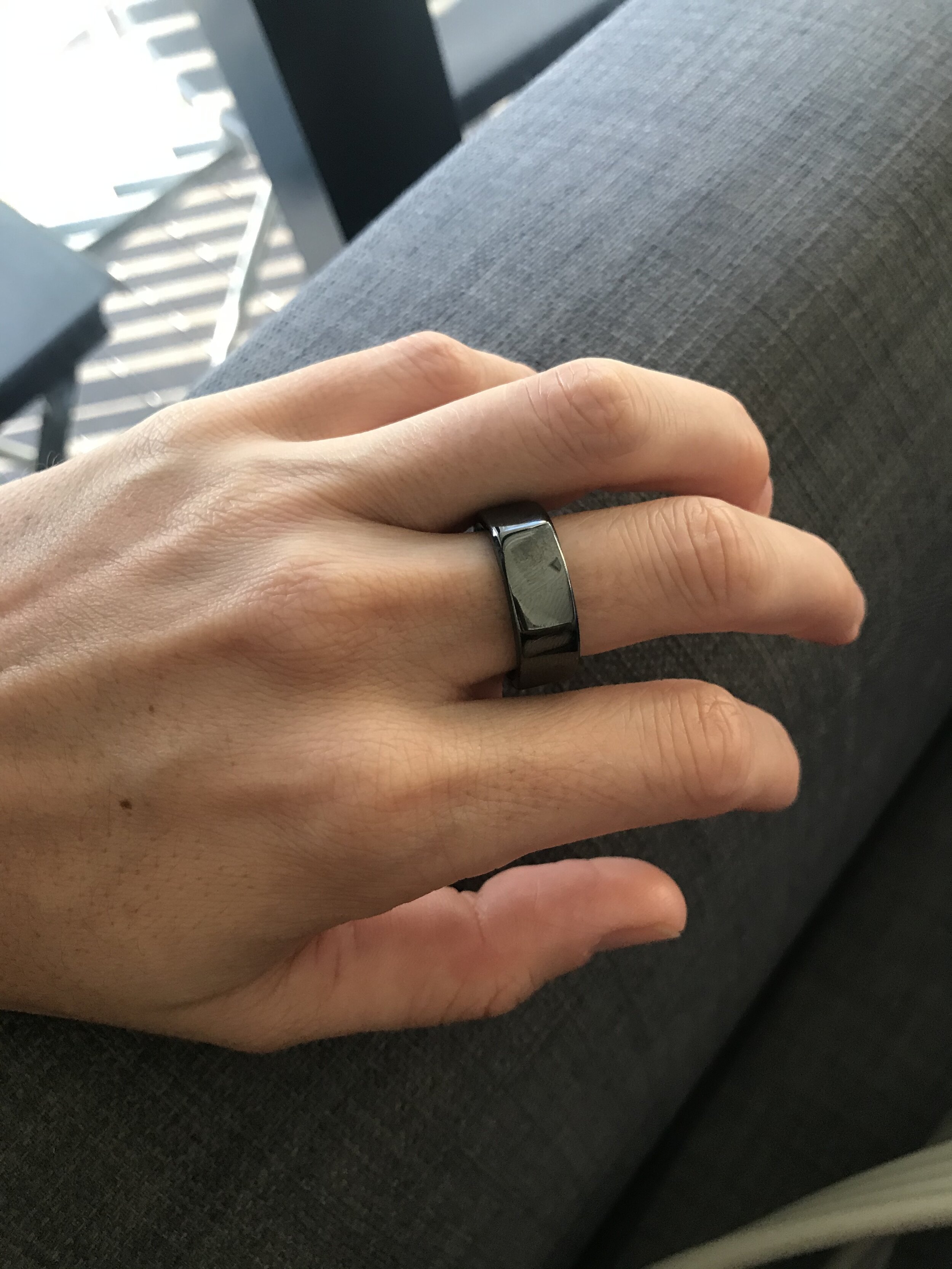Why Did I Want To Measure Heart Rate Variability?
I have been interested in heart rate variability (HRV) for a while now and have spent a lot of time looking in to the sports based studies that have been using HRV to measure recovery, performance and success.
If you've not heard of it before, HRV put simply, is the variation in time between each of your heartbeats. It is controlled by your autonomic nervous system (ANS) and by measuring this variation you can see how balanced the ANS is. There's plenty of science out there that can explain it better than me but basically, the higher your HRV the better it is, and if you can find a way to measure it it and track the patterns in your own HRV, it can give key insights in to how your body is recovering, when you'd benefit from a rest day and what type of session you're ready for when you hit the gym.
As someone who is not very good at listening to their body, I thought that having this insight would be key. When I first started training, I became so used to pushing to my max that I got really good at ignoring all the signs my body was sending me. I was a chronic over trainer and while I've come a long way from that now, I still find it hard to know if I'm in need of a rest or if I should just push through and get it done, especially after a busy day at work.
Garmin have an option on their Fenix 5 to measure HRV in the morning but it involves getting up, setting up your HR monitor and then standing very still in the same spot for 3 minutes while it takes the reading. Sitting down, moving too much and forgetting to take the reading at the same time can all really skew the data so for me this really wasn't the solution. After giving up with the Garmin option, Sean mentioned the Whoop strap. Unfortunately by the time we looked in to buying it they had changed their option to buy the product and now only offer a monthly subscription. This, combined with the fact I didn't want to wear my watch and the whoop strap, meant it wasn't right for me. However, Sean has actually purchased it so I'll let him do a review of that in due course.
The Oura
So, I decided to purchase an Oura ring. I had heard about it from a friend and having the option of wearing a ring was the best option for me. Through the Oura website you can order a ring sizing kit so that you can work out which fit is best for you. They send a range of test sizes and I'd recommend wearing the test ring through the day and night to allow for your fingers to change size. I found that the size 8 fit on my thumb, index and middle finger so I have options of where I can wear it which I like. They sell a few different colours and a couple of shapes, including one with a line of diamonds that is a pricey $999USD and I know a few friends who wear this instead of their wedding ring. It feels sturdy to me and the newer models are waterproof so I can do the washing up with it on etc. The only downside is that they suggest you take it off when you’re in the gym (I do still wear mine when I’m running) and I have noticed that mine now has a few small scratches on it. However, you can import the data from your weights session from Apple Health so you can still get that workout data but I would say this is the one area I think the Oura is lacking over the Whoop.
The sizing kit that Oura offer to ensure you get the right size ring.
My Oura Ring.
After placing my order my ring arrived in Singapore about 10 days later. The set up was easy and within a few minutes the ring was on my finger recording my data. From what i can tell, the ring takes most of the readings when you're sleeping and combines the data to give you a daily readiness score. This is a really simple way of knowing how ready your body is for training and I find the way the data is presented really easy to engage with. I now wake up every morning with my training plan in mind but I will load my readiness while I’m laying in bed and assess if I’m good to proceed or if I should move things around. I feel like it’s really helping me to train smarter and maximise on my training sessions. The "activity goal progress” changes daily depending on how ready your body is but I tend to find that I normally far surpass this anyway.
An example of a great morning reading!
A poor night’s sleep and a heavy session the day before.
The app then breaks down in to three further sections, overall readiness, sleep and activity. Obviously every person’s readings are different but I’ll explain a little about each section and what i’ve seen for myself and how I’m using it to inform my training.
Readiness
Readiness is a combination of a number of different factors. It takes in to account your previous day’s strain, your sleep quality, resting heart rate and a few other factors. The two photos show my readout the day after a hard workout (left) and the day after a rest day (right). Overall i’d say that this reading is an accurate representation of my training. The one thing I did notice was that with my recovery index, for the first few weeks it always seemed to stay in the orange, even if I had just done a low HR run. I felt that the results weren’t a true reflection of how I was training. However, the company suggests it will take a few weeks for the ring to get to know your body and I feel that it has really adapted and now matches much more how i’m generally feeling and training.
A poor night’s sleep and a heavy session the day before left me with a lower readiness score. I swapped my sessions and did some active recovery as a result.
From the reading I knew I was good to go and I added some higher intensity in to my training for the day.
Sleep
Sleep is the section I have found most interesting. Before having my Oura, my Garmin seemed to track my sleep pretty well and I did my best to get my 8 hours sleep. But even hitting 8 hours most nights, i’d often wake up feeling tired and sluggish. What was fascinating was that my Oura instantly gave some deeper insights in to what was actually going on and it turns out my REM sleep is consistently really poor. I did some research and realised i’m often working and on my phone till just before I head to bed. I’ve bought some blue light blocking glasses that I wear before bed now and swapped to decaf tea (I like to have a cup of tea before bed and until now had been having caffeinated tea) and i’ve seen some good improvements so it’s been really handy to have that insight.
It turned out that although my Garmin had been telling me the amount of time I had been in bed, it wasn’t really picking up on the time I was actually asleep. It turns out that I am hecking restless when I sleep and that seems to affect my sleep time a lot. The Oura provides a much more detailed analysis and as you can see from the photos below, despite spending 8:40 in bed, I was actually only asleep for 7:52.
Rocking my blue light glasses.
Activity
The activity section looks at all things related to your training. I’m a pretty active person so I always manage to hit most of my goals here but it has different custom options you can set for staying active and moving every hour. For me the key part is the training frequency and volume - this is where I can keep an eye on how my training is adding up over the week.
If you have a smart watch that connects to Apple Health you can set it up so that your workouts automatically import to Oura and it reads from that data which is key for me. I tend to find that after a big workout my recovery time is always in the orange (which is what I’d expect) and it helps me to remember to balance out my training with some easier sessions, something I used to actively avoid when I was in my overtraining days.
Interestingly, when I got sick in Myanmar my recovery time bar stayed pretty much empty and my readiness dropped to less than 20 for about 5 days. So it was really interesting to then see myself slowly recover and it was really helpful to have the data from the Oura to make sure I eased back in, keeping me safe, even when I was desperate to get straight back to training hard to make up for lost time.
Would I recommend the Oura?
When I compare the Oura price point to the cost of a Garmin, if I was looking for a single fitness wearable I would still stick with my Garmin as it can do so much more in terms of recording workouts, timings, pace and so much more across a host of sports. However, if you are at a point with your training where you are looking to refine and maximise on your training and you’re not at the point where you’ve fine tuned listening to your own body then this could be a really beneficial investment for your health and your training. I really like the app layout and the way that it presents your data is clear but not overwhelming which I personally think makes it really easy to then apply to daily life.
If you want to find out more you can check out their website here: https://ouraring.com/ and if you’ve got any questions I haven’t covered, feel free to leave a comment below and i’ll get back to you!
Jessie x












